Potty Training For Special Needs Kids
Last Updated on February 16, 2023 by One Stop Bedwetting
So, you just threw a party for your child’s birthday? And your mind hovers over to the daunting task of potty training. Well, most parents go through this challenge between 18 months and 3 years of age. Toilet training any child can be hard, and the tasks gets more challenging if the child has developmental delays such as cerebral palsy or intellectual disabilities like the autism, down syndrome, mental retardation.
The process of potty training special needs children may not necessarily begin at the age two or three because of developmental and intellectual issues. However, potty training special needs children can increase their independence and boost their confidence.
When to Start Potty Training?
- Begin the process in non-stressful times to avoid or at least reduce episodes of resistance. Starting the process when your family is going through change such moving or arrival of a new baby may not be the best.
- Check for your child’s physical and developmental readiness. Some signs could include ability to follow simple instructions, exhibiting discomfort in dirty diapers, being aware of a full bladder (this may be difficult for a child with cerebral palsy at age two or three as the child may enough have enough bladder awareness), recognizes when he or she has to urinate or have a bowel movement and can stay dry for at least 2 hours.
- Take into account your child’s verbal and cognitive abilities. The process will be much easier if your child has the minimum level of verbal ability and can comprehend what you are trying to explain.
How to Begin the Potty Training Process?
- The key is keeping the process simple. If you think your child is ready use straightforward gesture and one-word comments such as wet, dry, pee and poop. For e.g. smile when you finish changing a bedwetting diaper and say dry.
- Once your child is more accustomed to basic terms, start taking him to the bathroom and have him see you using the toilet, dressing and undressing or if you have other children in the household let the child observe. Keep your gestures and words same when your child is observing you or another child in the toilet. For e.g. if the child is observing an older sibling, smile and say dry when the other child is done using the restroom.
- Take your child to the toilet frequently may be once every hour. Ask your child if he or she has to potty and take to the toilet even if he or she says no. However, if the child is resistant don’t push and try again later.
- Keeping a chart or a diary to record the time of the day your child’s wets or is likely to have a bowel movement. Tracking these movements might reduce the frequent trips to the toilet and make training special needs children easier.
- When toilet training special needs kids, remember that your child will not master everything all at once. So, break the process into pieces, that is let your child learn to convey that he or she needs to go, before you expect them to learn to dress or undress or master wiping techniques.
- If your child is wetting while sleeping use a bedwetting alarm. It will show you how to stop bedwetting.
- Let them have toilet training tool. Chummie Joy Potty Training Ladder Step Up Seat will make potty training a fun experience. Your child will be more inclined to potty train faster, which will ultimately increase your child’s independence.








 Our #1 Top SellerIdeal for Daily Use
Our #1 Top SellerIdeal for Daily Use Premium Quality BeddingSoft and Comfortable
Premium Quality BeddingSoft and Comfortable Premium Quality BeddingLarge Urine Absorption
Premium Quality BeddingLarge Urine Absorption AFFORDABLE PRICECHANGE DAILY AS NEEDED
AFFORDABLE PRICECHANGE DAILY AS NEEDED
 Sleek, Stylish and Affordable Watch
Sleek, Stylish and Affordable Watch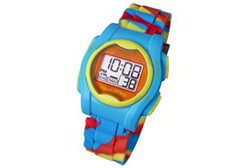 Multi-Function Watch with Numerous Features
Multi-Function Watch with Numerous Features Recommended watch for teens and adults
Recommended watch for teens and adults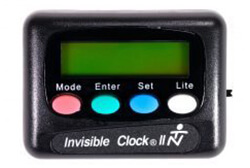 Perfect for medication and other reminders
Perfect for medication and other reminders










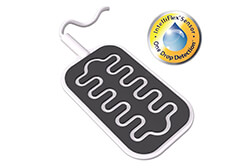
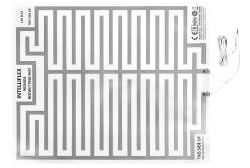



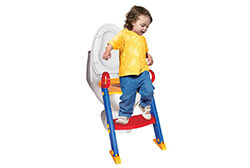
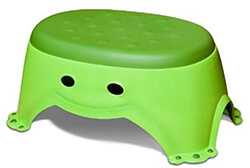
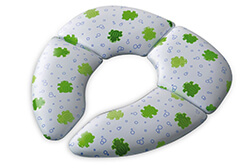
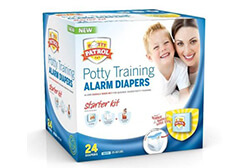
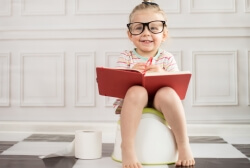







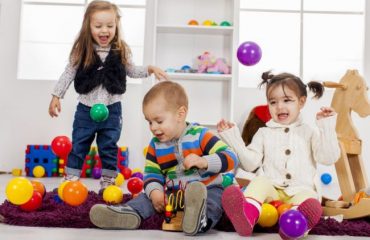

[…] Visit here for more about Potty Training For Special Needs Kids […]